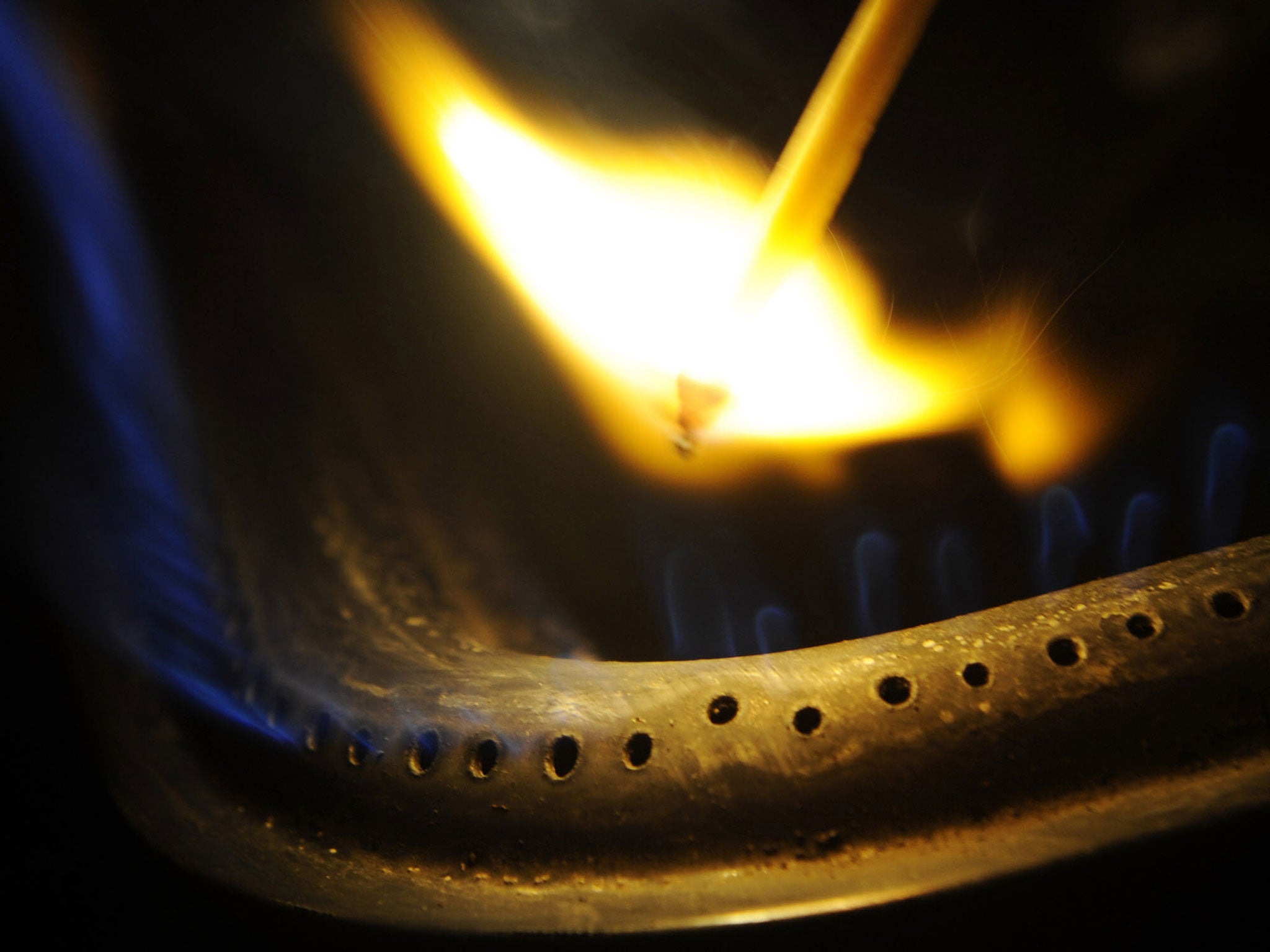Spontaneous Human Combustion: 5 apparent instances that no one can explain
The first case of SHC was reported in the 15th century

A woman with severe burns is fighting for her life in Germany, after she reportedly burst into flames in an apparent case of the much-debated apparent phenomenon of spontaneous human combustion (SHC).
Eye witnesses described how the woman, believed to be in her forties, silently sat on a park bench as her body was engulfed with fire in the northern town of Flensbug, The Local.De reported, citing Flensburger Tagesblatt.
The woman, who was originally from Mauritius, was rushed to hospital after a passer-by stopped the fire by beating away the flames with his jacket, MailOnline reported.
State prosecutors said they are investigating the incident, which they believe could be a suicide attempt.
The eyewitness accounts of the tragic incident have re-launched the debate surrounding spontaneous human combustions (SHC). The apparent occurrence has never been proven, but has been linked to around 200 incidents.
SHC is used to describe instances when a human – either living or recently dead – seems to burst into flames without an external source of ignition.
It is argued that SHC can be caused by an individual’s behaviour and habits - such as alcohol consumption - inner mechanisms of the body, or even acts of God or sorcery.
Gruesome photos purporting to show SHC often feature a large pile of grey ash from which a pair of legs protrude, while nearby objects appear untouched by the inferno. Accounts often feature tales of blue flames emerging from victims.
Here are six apparent cases of SHC which have left experts scratching their heads.
The drunk knight
The theory of SHC was first put forward in 1641 by Danish doctor and mathematician Thomas Bartholin in his Historiarum Anatomicarum Rariorum - a tome which catalogued strange medical phenomena - to describe the death of an Italian knight called Polonus Vorstius.
According to Bartholin, the knight had enjoyed a few glasses of strong wine with his parents at his home in Milan when he burped fire, succumbed to the flames and died.
The first 'official' case in Ireland
The most recent death linked to SHC was that of Michael Faherty, 76, who died at his home in Galway, Ireland in December 2010.
Dr Ciaran McLoughlin, the coroner tasked with explaining Mr Faherty’s sudden death at his home in Ballybane, made the shock decision of putting it down to SHC.
Mr Faherty was found with severe burns, lying on his back with his head near an open fireplace. Despite the blaze, the sitting room was untouched apart from burns on the ceiling directly above him and on the floor beneath him.
Forensic experts who investigated the scene at Mr Faherty’s home concluded the fireplace was not linked to his death, and Dr McLoughlin said: "this fits into the category of spontaneous human combustion, for which there is no adequate explanation.”
The woman who 'roared like a dragon'
3) The previous suspected case of SHC came almost three years before Mr Faherty’s death, when a blue flame apparently emanated from Jeannie Saffin, 61, as she sat with her family.
Her brother-in-law Don Carroll said the flame shot from Ms Saffin’s stomach as she sat at her kitchen table in Edmonton, north London.
"She was roaring like a dragon," he said. "The kitchen wasn't damaged, but her cardigan melted. The inquest never sorted it out, but I know what I saw."
The physician who baffled a nation
Dr John Irving Bentley's death was among the cases of SHC which captured the imagination of newspaper editors and readers alike in the 1960s, with an image purporting to show his charred remains now a symbol for the theory.
The lower leg and slippered-foot of the 92-year-old retired physician were discovered next to the toilet in his Pennsylvania home, surrounded by a pile of ash beneath a walking frame.
The curious incident of the woman in the ballroom
In a highly dramatic tale which mirrors claims of blue flames and SHC, but diverts from the recurring theme of victims dying in their living rooms, Maybelle Andrews was reportedly taken over by a flame in 1938.
Her fiancé and fellow partygoers were reportedly shocked when a flame erupted from her as she stood at the top of a staircase.
So what’s the truth?
Following Mr Faherty’s death, research biologist professor Brian J Ford set out to disprove the prime theory that SHC is caused by the so-called “wick effect”, which suggests that human fat will combust on a 'wick', like clothing, at room temperature.
To test the theory, Mr Ford marinated abdominal tissue from pigs in acetone - a highly flammable substance which the body produces in reaction to alcoholism, fat-free dieting and diabetes – and set it alight.
He told the Cambridge News at the time: "This was used to make scale models of humans, which we clothed and set alight. They burned to ash within half an hour."
“For the first time a feasible cause of human combustion has been experimentally demonstrated."
However, Mike Green, a retired professor of pathology, said he is inclined to side with the “practical mundane explanation” for cases suspected to be SHC.
"There is a source of ignition somewhere, but because the body is so badly destroyed the source can't be found," he told the BBC.
Join our commenting forum
Join thought-provoking conversations, follow other Independent readers and see their replies
Comments